How To Protect The Paint On Your Car
Tips To Protect The Paint Of Your Car
Initially, a car’s bodywork is faultless, smooth, and shining, but with time, stone chips, scratches, and other blemishes can harm the paint, causing the once-immaculate surface to appear pitted and damaged.
Looking into maintaining the paintwork is one approach to help stop this deterioration, which may make your car appear older than it is and reduce its market value should you wish to sell or upgrade. People who love their Cars, Pickup trucks, Trucks, RVs, motorbikes, Plans, and Boats are confused about how to protect their car paint from the sun or what to do to protect car paint. We are here to guide you on How To Protect The Paint On Your Car.
Changing the paint on your automobile may be quite costly and lower its value. An excellent factory paint job is always welcome. You may take satisfaction in having the automobile that everyone admires while making sure that the paint on it stays as fresh as new with the help of a few simple techniques.
Your car’s paint has to be protected in order to retain both its aesthetic appeal and resale value. Your car’s paint will be safeguarded if you do the thorough actions listed below:
How To Protect The Paint On Your Car
Use A Car Cover
Protecting the paint on your automobile may be done in the simplest possible way to start. It is preferable to use the vehicle cover if you must park in an open location or on the street. Aliens aiming to damage your automobile’s finish will not be able to harm your car or its paint. It is important to cover your automobile, even if you are parking it in a garage and won’t be using it for a while, to prevent dust from settling on it and damaging the paint.
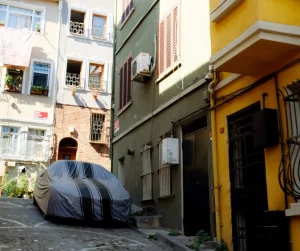
In addition to chips and scratches, other dangers to automobile paintwork include the sun’s rays, bird droppings, and tree sap, as well as harm from careless bystanders. As a result, the bodywork may get damaged or lose its shine. This is particularly true when the average age of automobiles on the road continues to rise as a result of longer-lasting vehicles and owners spending more time and money keeping their vehicles well-maintained. A car cover is one method to protect your vehicle from the weather and prolong the life of your paint job.
Remember to park your car in a safe area.
Your car’s paintwork can sustain significant damage while it is parked. It might be caused by pedestrians accidentally or purposefully scratching it with keys, the acid in tree sap, or bird droppings corroding the paintwork. As a result, being careful about where you park your car may pay off greatly in terms of protecting it, particularly sports cars. Using garage auto protection will safeguard your car while it is parked if you have the choice, but frequently drivers are only given open-air options.
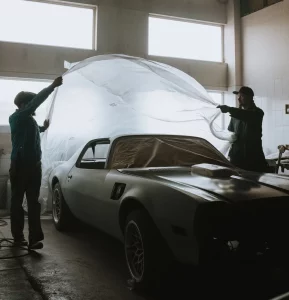
In this situation, picking a well-lit, busy area can reduce the likelihood of vandalism, and avoiding parking next to trees, awnings, or other objects that could drip sap or serve as bird-friendly resting spots can reduce the risk of the environment harming the paintwork.
Regular Washing
The cornerstone of paint protection is routine automobile cleaning. This procedure eliminates pollutants including dirt, dust, bird droppings, and other debris that might damage the paint. Use a premium, pH-balanced vehicle wash soap that is specially made for use in cars. Avoid using household cleaners since they could damage the paint. To reduce the chance of scratching the paint, use a soft sponge or, even better, a microfiber wash mitt. Always begin by giving your automobile a thorough water rinse to get rid of any loose dirt or debris.
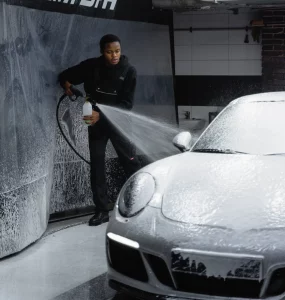
It’s crucial that you give your automobile a good wash once a week. This includes washing the windscreen, window glass area, exteriors, interiors, and tires with car shampoo. Make careful to promptly wash any bird droppings off the automobile with water if they are there. Don’t wash your automobile using household detergents. They are naturally acidic, which will cause greater damage to the paint. Consult our instructions on how to wash your automobile properly.
Don’t Forget to Dry
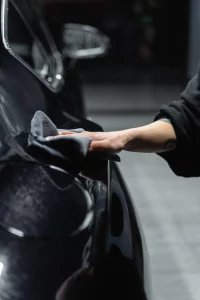
It’s critical to completely dry your automobile after washing it to avoid water stains and mineral buildup on the paint. Apply a clean, soft microfibre drying towel to the car’s surface and use gentle pressure to remove any wetness. As an alternative, you might use a blower to get rid of extra water, particularly from nooks and crannies.
The process of drying the automobile properly is one that many individuals opt to skip. Many people think that the automobile will dry naturally, but that is the exact point at which the paint is most vulnerable. Your efforts would be wasted since not drying the automobile will leave water stains. To absorb the water and dry the car, use a microfiber towel or, better yet, a weave drying towel.
Waxing
Your car’s paint will get a protective coating and more gloss if you apply wax or sealer. Regardless of whether your automobile has a clear coat or a single-stage paint job, pick a high-quality car wax or sealer that is suitable for the finish. Utilizing a foam applicator pad or a microfiber cloth, apply the wax as directed by the product’s instructions. Before using a clean microfiber towel to gently rub the wax off, give it time to haze or cure. Every three to six months, or as directed by the product’s directions, plan to wax your automobile.
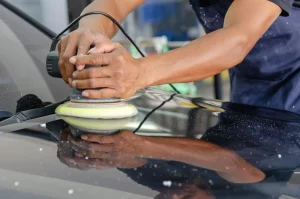
Keep in mind that a decent wax will readily preserve the paint of a car from exterior factors like scratches, dust, pollutants, and UV rays for 8 to 10 months. Apply a layer of wax to your automobile once every six months to maintain it smooth and clean as a precaution. Waxing also has other advantages, such as a little improvement in fuel economy due to reduced drag. Applying is the tried-and-true method, and it will never fail. For instructions on how to wax your automobile, see our page.
Clay Bar Treatment
You may remove the hidden impurities that are embedded in your car’s paint by using a clay bar. The tiniest dust particles, which might not be seen by the naked eye, can be removed most effectively with clay bars. To maintain cleanliness, a wax polish must be used after using a clay bar on the car’s paint.

Use a clay bar sometimes to scrub away embedded impurities from the paint’s surface, such as tree sap, tar, or industrial fallout. The paint is smooth and prepared for waxing after this procedure. You can use Chemical Guys Clay Bar & Lubber Synthetic Lubricant Kit which is the best clay bar available in the market and produces the best result.
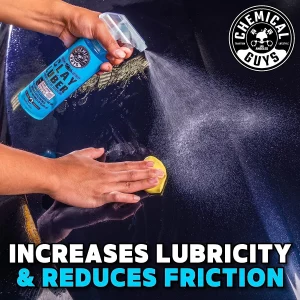
Paint Protection Film – PPF
A paint protection film is a new innovation for preserving your paint; it is a transparent film that is placed on the body of your automobile. The film will shield the paint of your automobile from any external factors including heat, UV rays, dust, filth, tar, gravel flying off the road, and so on. It works quite similarly to the ones applied to glass surfaces. The film will survive for at least 5 years, which is the average car’s lifespan, despite being a bit pricey. The film can also be applied selectively, for just to the front and rear bumpers.

Consider covering vulnerable parts with paint protection film, such as the front bumper, hood, fenders, side mirrors, and door edges. Your paint is adequately protected by PPF, which offers a strong barrier against rock chips, scratches, and UV ray damage. 3M Scotchgard Clear Paint Protection Bulk Film Roll is also one of the best PPF rolls available on Amazon at a very reasonable price.
Ceramic Coating
Car enthusiasts and owners who want to maintain and improve the looks of their automobiles have found ceramic coating to be a highly effective paint protection method. Ceramic coatings, as opposed to conventional wax or sealer treatments, leave your car’s paint surface with a strong, long-lasting, and clear layer. These coatings, which are made of nanoscale ceramic particles, chemically link with the paint to create a robust, hydrophobic, and heat-resistant barrier.
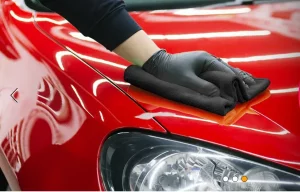
Ceramic coatings’ outstanding capacity to shield your car’s paint from a variety of environmental dangers is one of its main advantages. Included in this is UV radiation, which may lead to fading and oxidation, as well as acid rain, bird droppings, tree sap, and bug stains, which can etch and harm the paint over time. Because water, dirt, and pollutants bead up and glide off the surface of ceramic coatings, the chance of water spots forming is diminished, and cleaning the automobile is made easier.

Additionally, the durability of ceramic coatings helps prevent small dings and swirl marks, keeping the paint on your automobile shiny and spotless for a prolonged length of time. Furthermore, because ceramic coatings are heat resistant and can tolerate high temperatures, they are excellent for shielding your car’s finish from the heat produced by the engine and exhaust system. Overall, ceramic coatings provide a strong and durable defense against the paint on your automobile, making them a popular option for anyone looking for the best protection and appearance. 12H Advance Graphene Ceramic Coating Kit For Cars is the best seller product on Amazon which enhances the beauty of your car’s paint.
Regular Inspection of Car Paint
Maintaining the long-term beauty and integrity of your car’s exterior requires routine paint checks. First off, by doing these checks, you may quickly find and fix any paint flaws like chips, scratches, or dents. Even relatively slight paint damage can expose the underlying metal or primer to the weather and perhaps cause rust to occur. Once it starts, rust may quickly spread and become a serious issue, endangering the afflicted area’s structural integrity and necessitating expensive repairs. You may identify and address such problems early, avoiding them from developing into larger, more costly concerns, by frequently checking the paint of your automobile.
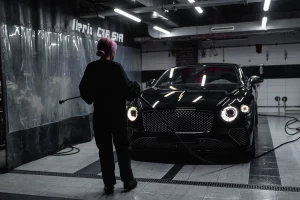
Second, routine paint examinations enhance your car’s overall visual appeal and market value. A well-kept façade with few flaws and defects appeals to more potential purchasers and fetches a higher selling price. The entire appearance and worth of your automobile are much increased by a flawless paint job, regardless of whether you want to retain it for the long run or plan to sell it in the future. In this way, routine inspections safeguard your investment while also ensuring that your automobile keeps looking great, whether you want to keep driving it or contemplate selling it in the future.
Car Detailing
Maintaining the aesthetic and long-term condition of your automobile’s paint requires regular car detailing. The elimination of impurities and pollutants that assemble on the paint surface over time is one of its main purposes. If left untreated, these pollutants, which include bird droppings, tree sap, industrial waste, and road tar, may be extremely corrosive and harm the paint. Cleaning and decontamination procedures used in car detailing include claying, which successfully takes these impurities from the paint. This not only keeps the paint’s finish intact but also guards against damage and degeneration, keeping your automobile looking shiny and vivid.
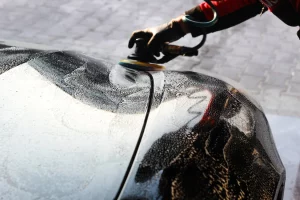
Additionally, automobile cleaning includes paint correction methods like polishing and buffing, which aid in removing oxidation, tiny scratches, and swirl marks that may make your car’s paint appear dingy and old. These procedures improve your car’s overall visual appeal by restoring the paint’s smoothness and luster. Applying protective agents like wax, sealants, or ceramic coatings to create a barrier between the paint and the weather is another aspect of proper detailing. These shielding layers preserve the paint’s integrity and stop early fading or deterioration by protecting it from damaging UV radiation, acid rain, water spots, and other environmental threats.

If you want to protect your vehicle body paints and you know and learn how to do it then Chemical Guys’ 16-piece Washing kit is the best detailed cleaning kit for you.

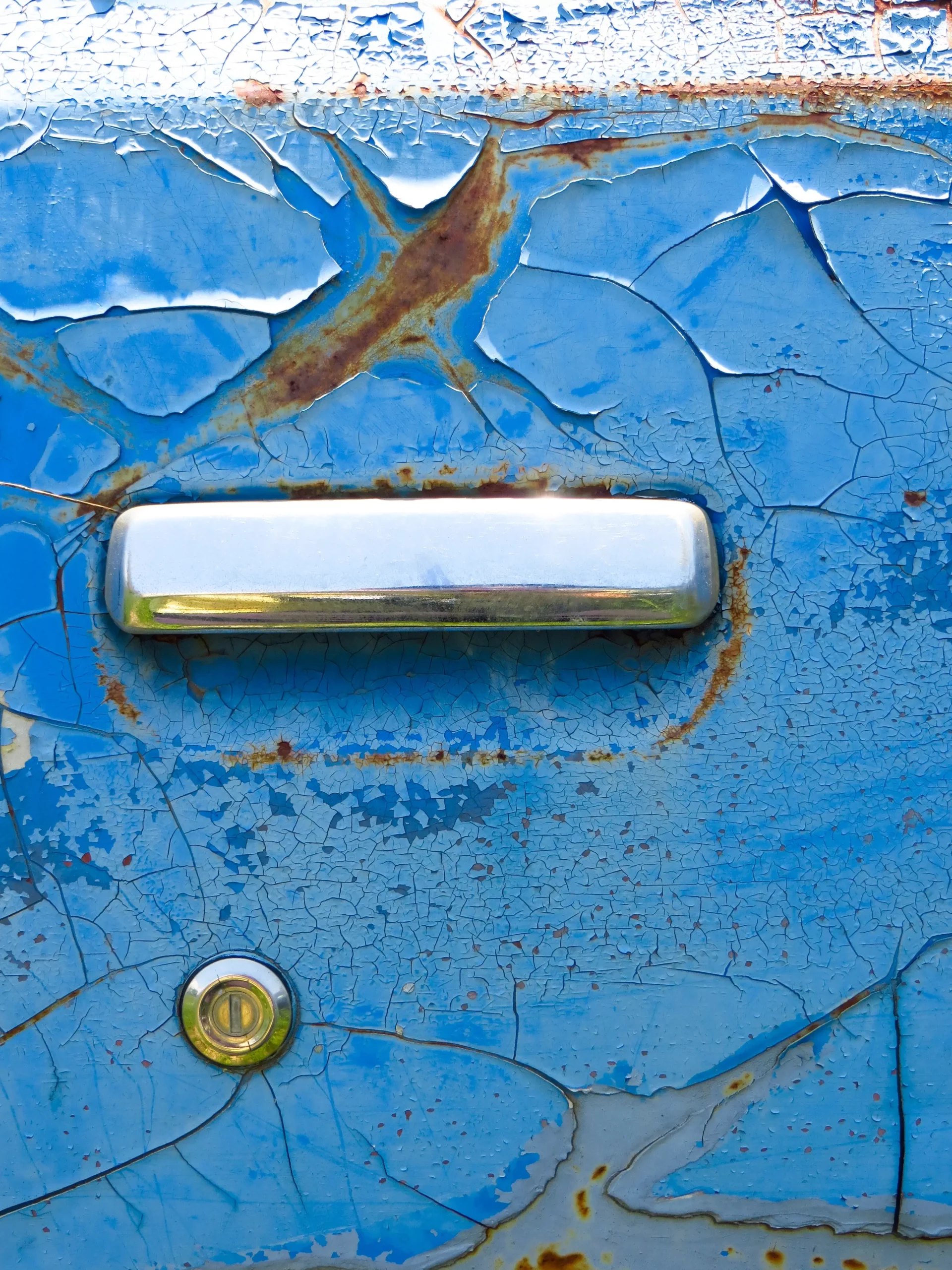
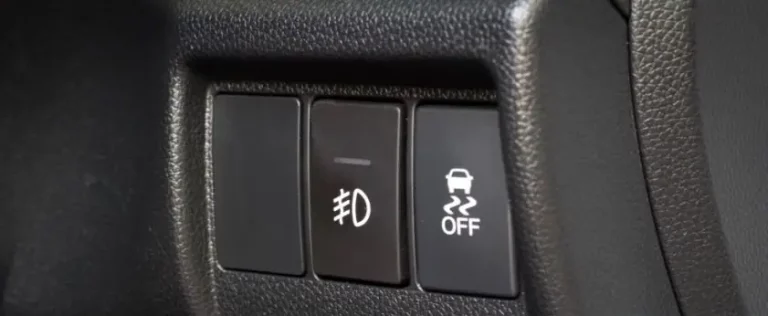
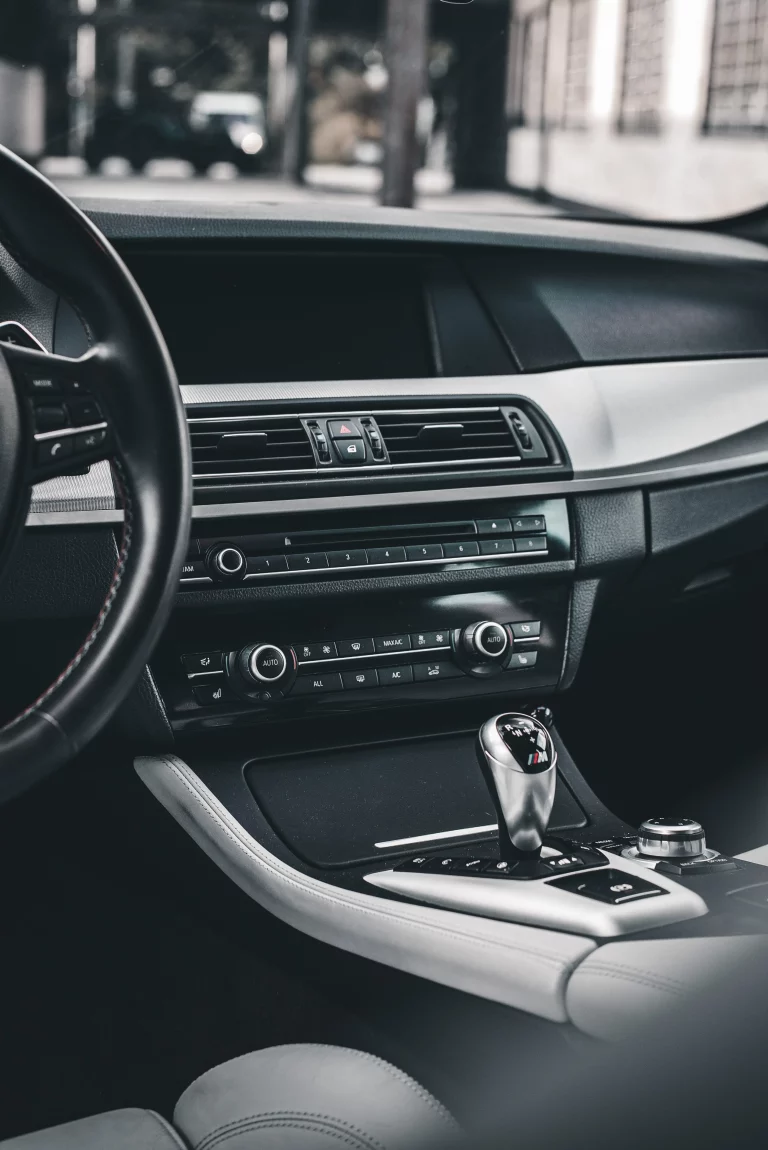
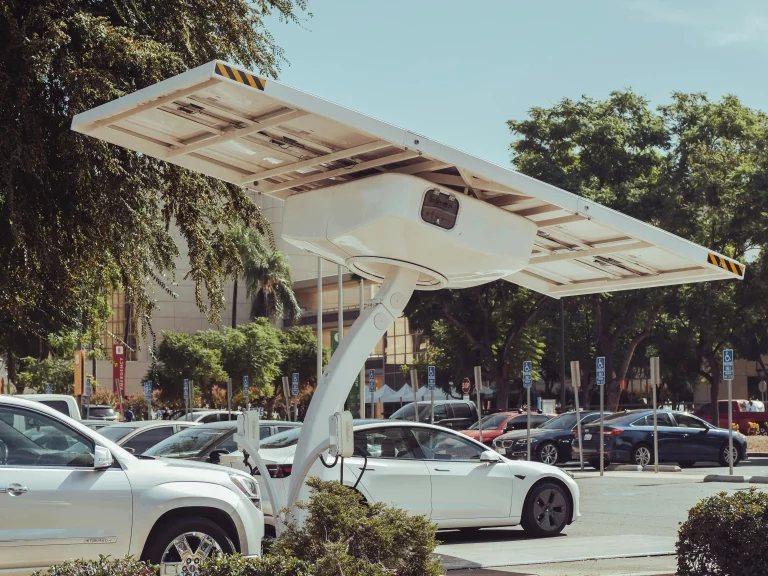
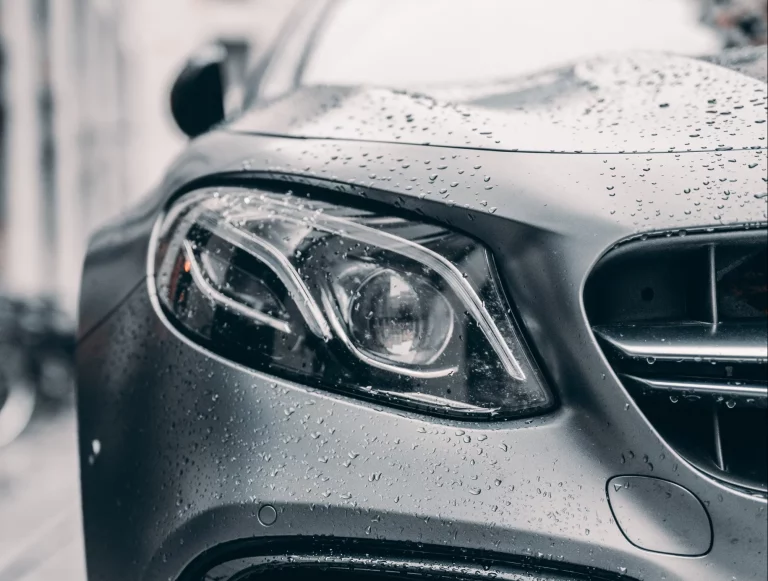
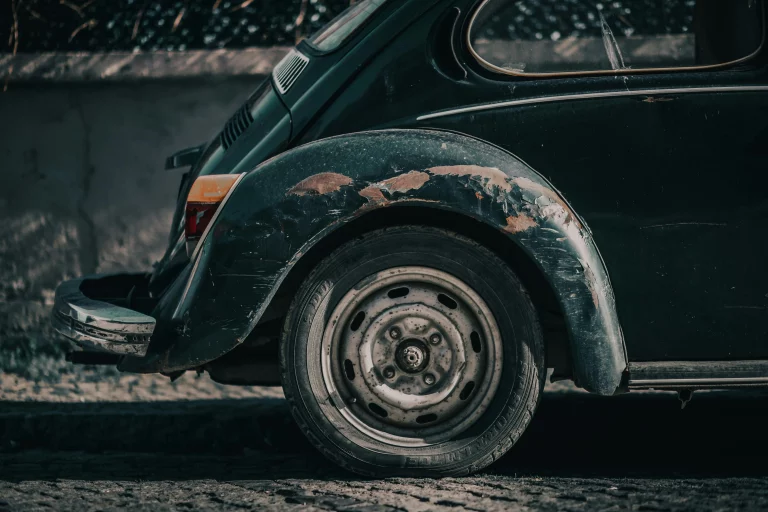
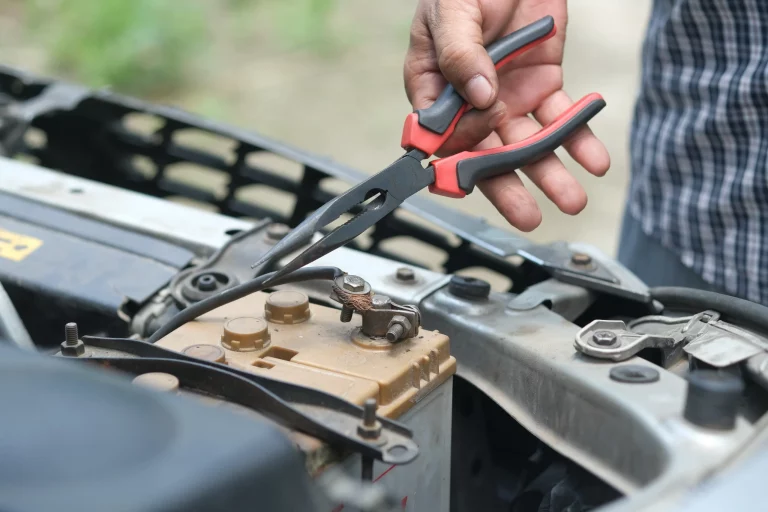
5 Comments